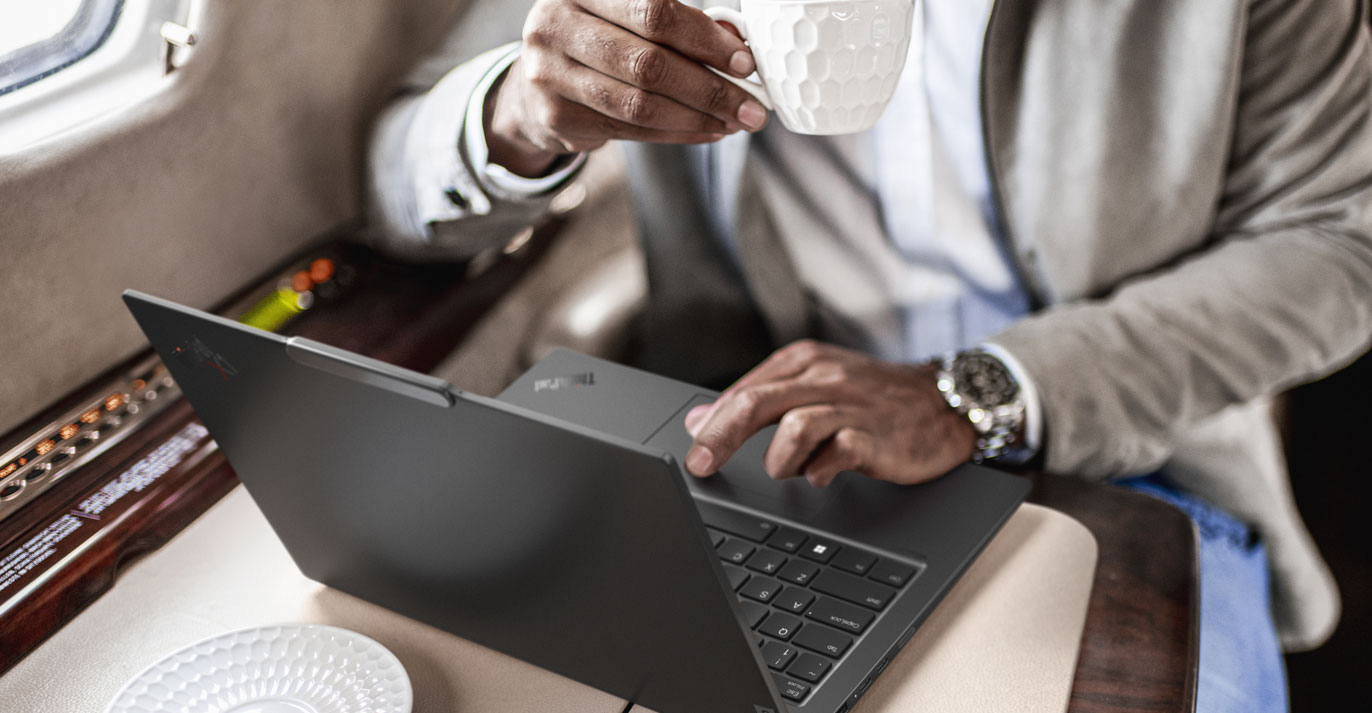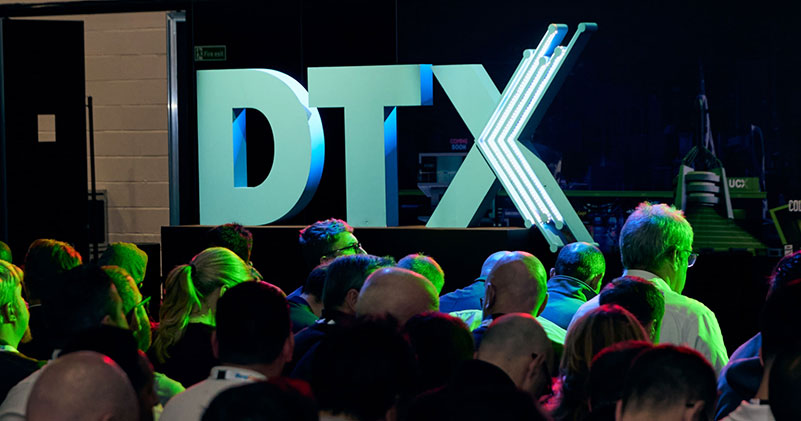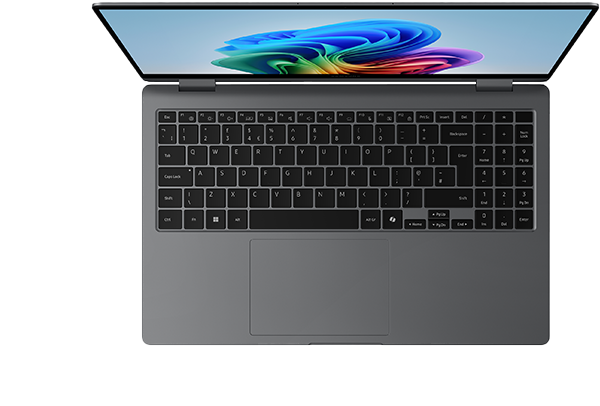2025 IT Refresh Essentials: From COVID devices to AI-Ready laptops

This year, many organisations will be refreshing their IT estates, saying goodbye to their “COVID laptops”—those devices purchased during the pandemic when businesses scrambled to adapt to hybrid work environments. In many cases, this led to organisations acquiring whatever was available, resulting in a mix of devices that are difficult to consolidate.
Here’s a quick guide to help you with your next IT refresh:
Key Considerations:
1. Specifications:
- Memory: A minimum of 16 GB is essential to ensure smooth operation of apps like Microsoft Teams alongside other applications.
- Screen Size: Screen preferences vary by user and working habits. Many businesses opt for 14” laptops paired with one 34” monitor or two 24” monitors. Alternatively, employees with more hybrid work requirements might prefer 15” or 16” screens.
2. Sustainability:
- Choose future-proof devices that can be upgraded and upcycled. This reduces demand for new devices and lowers carbon emissions, estimated at 400 kg CO2e per device.
- Look for:
- Repairable parts and extra memory slots.
- Avoid soldered motherboards.
- Visible screws on the back of laptops, which often indicate easier repairability.
3. AI Readiness:
- Equip your team with tools to increase productivity and ease workloads. Look for devices marketed as AI-ready, with CoPilot+ such as those featuring Snapdragon processors. Later this year, additional processor options are expected to become available.
- Note: Tools like Microsoft CoPilot+ require a special license to use.
4. End of Windows 10 Support:
- Microsoft is ending support for Windows 10 on 14th of October this year. Upgrading to Windows 11 is urgent and necessary, to avoid increased support costs. Refer to our blog: https://www.innovent.co.uk/blog/windows-11-requirements-software-and-hardware for the technical specifications required for Windows 11 to ensure your chosen devices are compatible.
5. Standardise Your Fleet:
- If you’re replacing “COVID laptops,” take this opportunity to standardise your IT fleet. Stick to one manufacturer and limit the number of models to three. This simplifies spare parts, repairs, and maintenance, making life easier for your IT team.
6. Recommended Models:
For a variety of reasons, including performance, aesthetics, upgradability, repairability, sustainability, and more, this is the range of models featuring Intel Ultra Processors that we think will be a great option for any business to upgrade:
- Lenovo: T Series, X Series, P Series, and L Series.
- Dell: Latitude 5000 & 7000 Series, plus XPS.
- HP: EliteBooks 640 & 840 Series.
- Microsoft: Surface Laptop 6.
- Samsung: Galaxy Book 4 Pro.
For a detailed list, check our Turn IT Green-approved products here.
Financial Considerations: Manage Capital Consumption
Refreshing your IT estate can be a significant financial undertaking. Consider these strategies:
- Subscription Models: Spread the cost over three years instead of paying upfront. With our subscription model, you’ll also pay only a fraction of the equipment’s cost, as we invest a residual value in it.
- Refurbished Equipment: Save up to 40% compared to new devices by opting for refurbished equipment. These devices are fully functional, upgraded, and look as good as new. Explore our 2nd Life IT range here.
- A mix of new and refurbished equipment can also provide large savings while meeting user requirements.
- Future-Proofing Decisions: With advancements in AI-ready technology expected this year, some organisations are choosing not to adopt the latest technology immediately. A subscription model (new, refurbished, or a combination) offers the flexibility to refresh your IT estate while keeping options open for future innovations.
Refreshing your IT estate is a prime opportunity to optimise performance, standardise devices, and align with sustainability goals—all while managing costs effectively. Let us help you navigate the process with solutions tailored to your needs. Contact us
Related Blogs

See You at DTX London 2025
We’re one month away from DTX London, the UK’s leading event for digital transformation. It’s where ideas become action, and where businesses explore the tools and strategies that drive real change.

How to extend Laptop Battery Life: 10 simple tips that work
Your laptop battery is more than just a power source—it's your key to staying mobile and productive. Whether you're working remotely, traveling, or just moving from meeting to meeting, a healthy battery keeps your laptop running smoothly.

Onboarding interns or graduates? Consider this practical IT solution
Every year, law firms and other industries welcome waves of new graduate trainees and interns. It’s an exciting, high-energy time—but it also brings significant operational challenges, especially when it comes to equipping those new starters quickly and efficiently.
